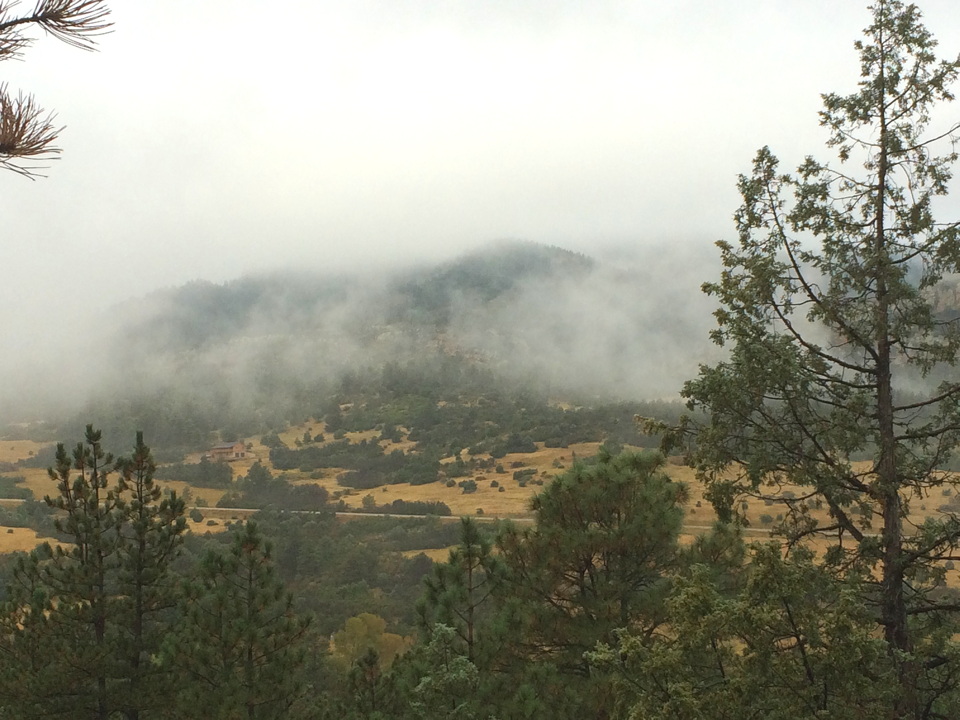

I used to think that of course Jesus was married — what normal 1st-century small-town Jewish man would not be married? Answer: most of the Essenes, to name one group.
The perennial interest in an actual bloodline of his descendents is periodically stoked by books like Holy Blood, Holy Grail , The Da Vinci Code
, The Da Vinci Code , and more recently, by The Lost Gospel: Decoding the Ancient Text that Reveals Jesus’ Marriage to Mary the Magdalene
, and more recently, by The Lost Gospel: Decoding the Ancient Text that Reveals Jesus’ Marriage to Mary the Magdalene .
.
Ah, Mary Magdelene, who was she? A minor disciple of the wandering preacher? Or the disciple who understood him best? A wealthy follower who financed his wanderings? His wife and mother of their kids? Some combination of the above? Or as Robert Graves imagined in the 1940s, the priestess of some surviving Canaanite Paganism who sexually conveyed to him a sovereignity over the land — the thesis of his novel King Jesus, which predated The White Goddess by two years.
by two years.
The Lost Gospel’s authors, “Simcha Jacobovici, author, and TV personality perhaps best known for his series The Naked Archaeologist, along with Prof. Barrie Wilson of York University,” make a textual argument over a “6th century Syriac text that records the apocryphal tale entitled Joseph and Aseneth.”
So this is a text written some centuries after Jesus lived but maybe copied from a much earlier original about two biblical characters who might be read as allegories for Jesus and Mary Magdalene.
My quotes come from a four-part entry on the University of Toronto’s Religion Beat blog, written by Anna Cwikla, a graduate student in religion. Part One. Part Two. Part Three. Part Four.
She pokes some holes in their argument and faults them for taking the rhetorical stance sometimes called “They laughed at Galileo” — If the established experts are against me, then I must be right!
But I might still read The Lost Gospel anyway, just for cultural reasons. Whereas we Pagans are comfortable with the idea of female religious leaders, the Middle Eastern monotheisms mostly still are not. Cwikla quotes an MCC pastor:
The possibility of Jesus having a wife sparked positive responses from some female clerics. For example, in a blog post on the Huffington Post website, Moderator of the Universal Fellowship of Metropolitan Community Churches Rev. Dr. Nancy Wilson expressed tempered optimism about the fragment’s potential to change the patriarchal position of many Christian denominations: “Will a little snippet of ancient writing change the Christian world? It is possible, and I am hopeful.”
Plus, like The DaVinci Code, the book is “scandalous,” particularly for the Roman Catholic Church. She cites Anthony Le Donne, author of The Wife of Jesus: Ancient Texts and Modern Scandals (another one for the reading list):
By looking to the past for evidence of women as leaders in early Christianity, we are attempting to look for a way to change the longstanding tradition of women having less power in most Christian traditions that is still evident in modern society. By wedding Jesus, we may be trying to make him more “human-like,” or, as Alex Beam suggests: “The purpose, animated by the all-powerful secularism of our time, is to bring him [Jesus] down to our level.”
There is a potential irony there for the liberal Christians: If you add female clergy but lose the divinity of Jesus, what is left? Where is the “juice” of your religion?
Like this:
Like Loading...
 From the publisher, Yale University Press:
From the publisher, Yale University Press:







